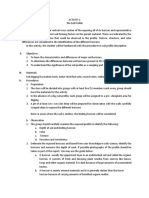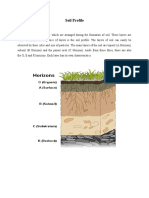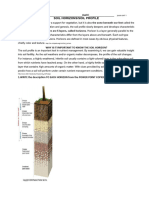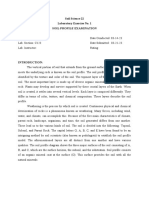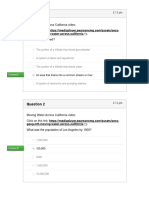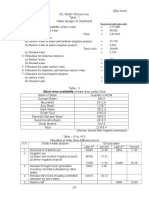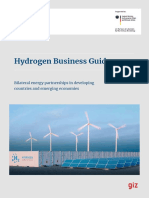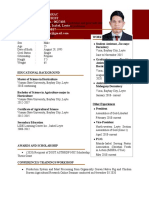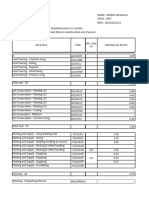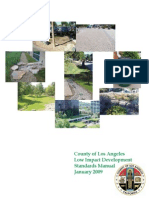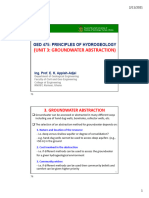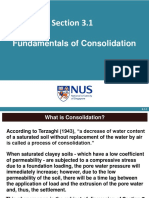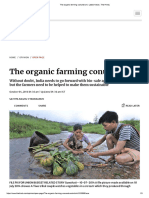0% found this document useful (0 votes)
15 views3 pagesSoil Profile
A soil profile is a vertical cross-section of soil consisting of distinct layers called horizons, which form due to various environmental factors. Each horizon, from the organic-rich O horizon to the bedrock R horizon, has unique characteristics that influence soil formation, fertility, and land use. Understanding soil profiles is crucial for soil classification, agriculture, environmental science, and hydrology.
Uploaded by
vakadairaCopyright
© © All Rights Reserved
We take content rights seriously. If you suspect this is your content, claim it here.
Available Formats
Download as PDF, TXT or read online on Scribd
0% found this document useful (0 votes)
15 views3 pagesSoil Profile
A soil profile is a vertical cross-section of soil consisting of distinct layers called horizons, which form due to various environmental factors. Each horizon, from the organic-rich O horizon to the bedrock R horizon, has unique characteristics that influence soil formation, fertility, and land use. Understanding soil profiles is crucial for soil classification, agriculture, environmental science, and hydrology.
Uploaded by
vakadairaCopyright
© © All Rights Reserved
We take content rights seriously. If you suspect this is your content, claim it here.
Available Formats
Download as PDF, TXT or read online on Scribd
/ 3














